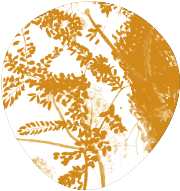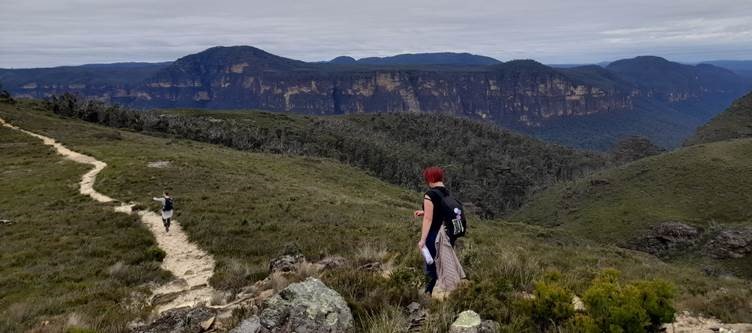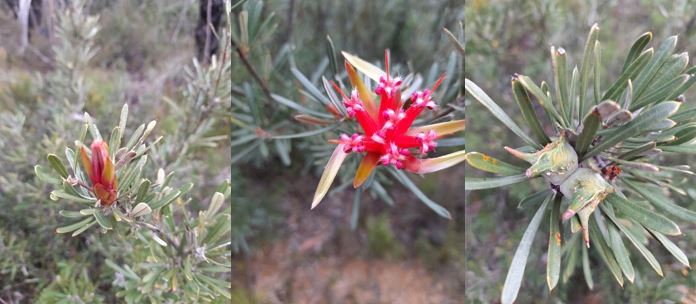


We are sitting at Lockley’s Pylon, a pinnacle on the Mount Hay range, you can see wilderness in every direction, everything looks alive. The Grose River winds its way through an enormous valley, held by escarpment and forest on either side. So much forest.
In 2019 bushfire swept through here devastating the environment, leaving charcoal and sand. Fires were so hot, there was talk about the seedbank within the soil being destroyed. This was one of many places that experienced catastrophic fires in 2019-20. Up to 19 million hectares was burnt, nearly 3 billion animals were impacted by the blazes.
The resilience of the earth is astounding. Arounds us, there is now a wind pruned garden of wattles, banksia, mountain devil and various grasses. Roots holding sand soil in place. Flowers offering pollen and nectar to insects and birds. Two hawks circle overhead on an updrift.
The world has come back.
It’s hard to know what is missing.
Rose and Piper have been studying cultural burning. Sitting here, I asked them about their thoughts about it in relation to this vast place.
“Cultural burning is about knowing what the land says. Reading it. Knowing when it is the right time to burn or not, what animals are near and what animals are nesting,” says Rose. “There is a deep knowledge of the land and all within it, it’s not just about protecting property. Cultural burning is protecting home, but home beyond property, home as place.”
We speak about the long lineage of Indigenous land care that has kept the earth in balance. How fire has been used ceremonially to clear and cleanse, both the land and people. We acknowledge that a healthy ecosystem, rich in biodiversity, is key to keeping carbon stored in soils and forest and that wildfires release huge amounts of CO2 into the atmosphere.
We imagine the land managed in this way, could it prevent further bushfires for devastating this land? And what about climate change?
The words climate change trigger so much rage in these young folk. There is a sense of being let down, a worry that people don’t care. There is fear. Fear for themselves, but more so I fear for the planet. Rose asks, “What happens in 20 years? Will we think of the generations to come? Can we change?”
According to Dharug knowledge, we are in the season of Dagara, the cold frosty time (see Western Sydney Parklands | About the Six Dharug Seasons). Black Cockatoo can be heard calling the rain. Their presence also reminds us of the ancestors, the ancestors that are the land. I ask Rose and Piper, “We will one day be ancestors, we will be back in the land and we need to give something. So, what will it be? Our gift to the future?”
“Stop climate change.” Says Rose.
“Plant trees, protect the oceans, protest, inform people…make a difference.” They both agree. “We need get people out here. Present with the land, really see what is here.”
“It feels good here”, Rose adds, “look at the mountains, you are surrounded by trees, like a massive hug from nature!”
